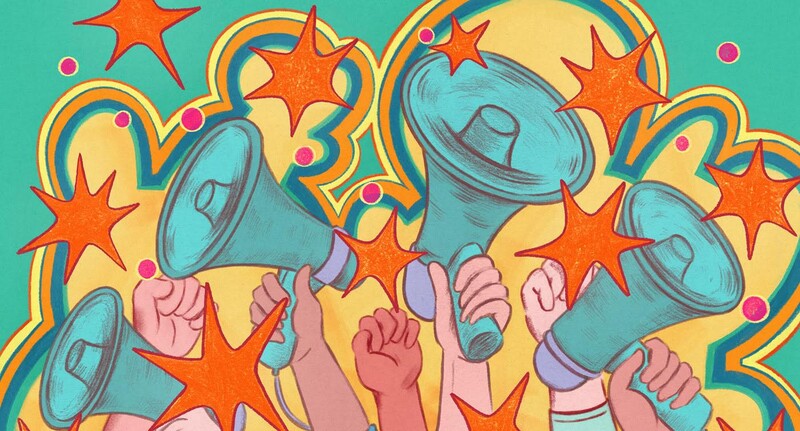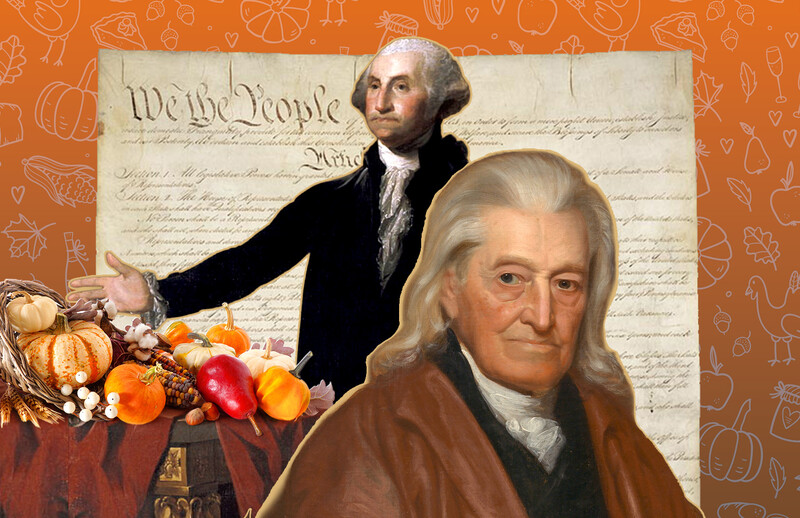It’s nighttime and Riverside Church is quiet, but in a large room on the fourth floor, thirty people sit at two long tables, facing an altar-like tableau of glass bottles, behind which stand five Columbia students in black T-shirts that say “Columbia Bartending Agency.” Spirits are being moved — poured, mixed, and shaken — and the clean-cut CBA instructors, who could pass for the peppy counselors of a church youth group, are, if you will, the cocktail clerics, even if not all of them are of legal drinking age (in New York you can serve alcohol at age eighteen).
CBA, founded in 1965 with other student-run businesses as part of a University initiative, is an independent entity, offering a course in “mixology” that is open to the public and held throughout the year. Full-time Columbia students, who make up most of the classes, can, after completing the course, join CBA as bartenders and get freelance gigs around town.
For instructor Emery Jamerson ’15CC, CBA has been a godsend. A convivial fourth-year med student at VP&S, Jamerson (“Like the whiskey, but with an R”) has been bartending with CBA for seven years. He has mixed Manhattans in Upper West Side brownstones and made Cosmos at corporate headquarters. He loves talking to people and helping them celebrate, but he begins the class with a sobering fact. “If you over-serve somebody and they do something destructive,” he says, citing New York State’s Dram Shop Act, “you as a bartender can be legally responsible for the damage that that person does.” Good to know!
Safety is lesson one. The instructors talk blood-alcohol content and intoxication-rate factors. Anna Alonso, a linguistics major, pantomimes the loss of judgment, inhibitions, reaction time, and coordination that signal drunkenness. John Pavlides, a soft-spoken biochemistry major, describes the chemical breakdown of alcohol in the body. As for the delicate business of cutting someone off, Jamerson offers some tips. “You can shift blame,” he says. “Hey, I’m sorry, I would love to serve you, Person Who Is Falling Over and Spilling Drinks, but my manager says I can’t.”
With the hazards accounted for, attention turns to the speed rack, that row of vodka-gin-rum-tequila-triple-sec-whiskey-bourbon bottles that a busy bartender must juggle with Whac-A-Mole quickness. Garnish is discussed — Alonso shows how to cut limes — and Pavlides rhapsodizes about the bouquet of crushed mint leaves in a julep. While nimbleness and a fine-tuned palate make for better barkeeps, the most important quality emphasized in the course is confidence. “We send new bartenders all over the city,” says CBA executive director Josh Woodbridge, a financial economics major, “and they need to be able to talk to people.” In the second hour, students get their feet wet by attempting to mix a Tequila Sunrise: orange juice, tequila (water tonight: the real stuff comes later), and a drizzle of bright-red grenadine around the edges, to bleed down to the bottom. For Jamerson, who plans to be an ophthalmologist, bartending doesn’t just help pay the rent. “It’s really invigorating,” he says, “when your job is to help people be happy.”


